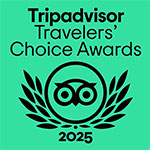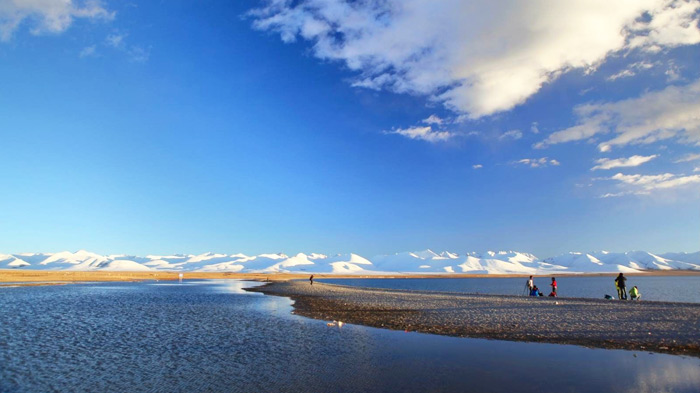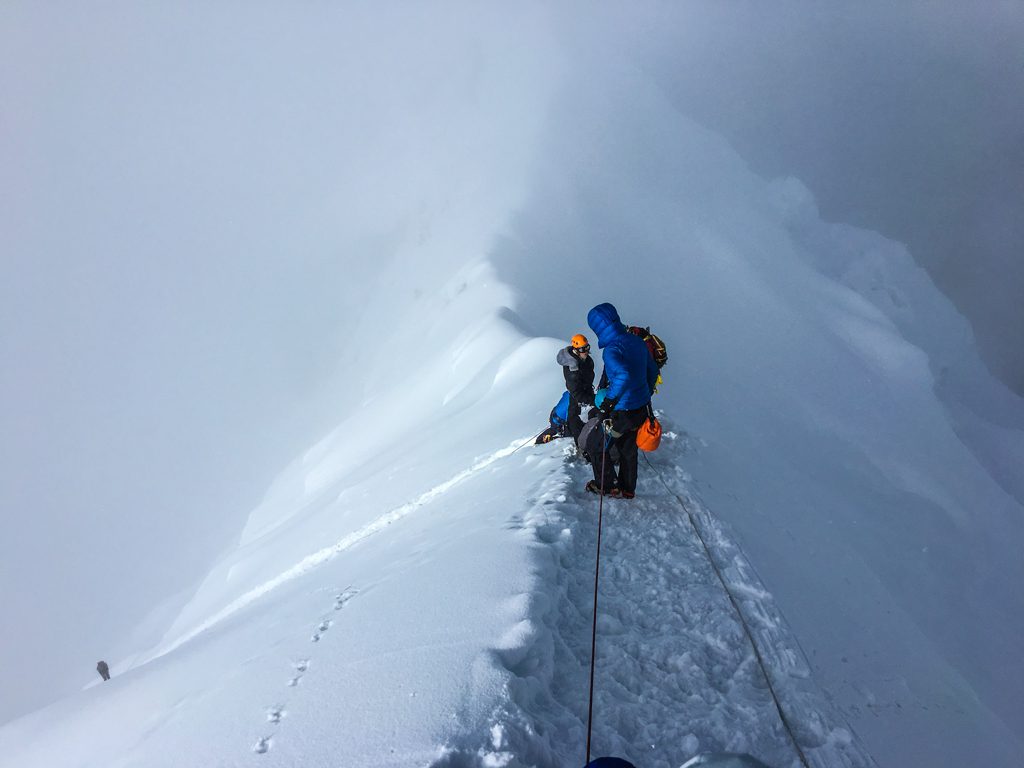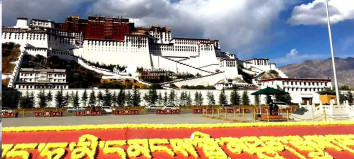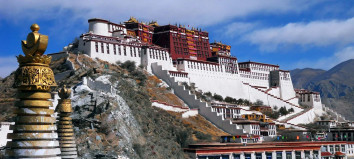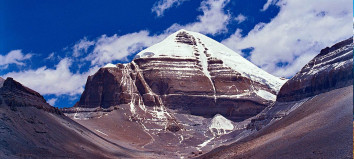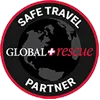Fly in Drive out Lhasa Tour is one of the most popular ways to savour Tibet and, for many, the perfect way to fulfill what has been a long awaited pilgrimage to the hidden land of Tibet.
With its highlands and passes beyond the higher Himalayan ranges of Nepal, Fly in Drive out Lhasa Tour provides outstanding vistas along with spiritual experiences among some of the most hardened and weathered people in the world.
Fly in Drive out Lhasa Tour: A Perfect Way to Explore Tibet
Fly in Drive out Lhasa Tour begins with a fabulous flight through the heart of the Himalayas from Kathmandu to Lhasa. Lhasa, the capital city of the Tibet Autonomous Region, is a historically worthy city dating back more than 1300 years.
Three days are spent in Lasa exploring the many historical sites including a visit to the – Potala Palace which is regarded as one of the most beautiful architectural buildings in the world.
Unlike, our Fly in Fly out Lhasa Tour our journey back to Kathmandu is overland by 4 WD Land Cruiser is broken up by stop offs at ancient monasteries and monuments on the way.
For visitors with limited time this tour can be reduced to 7 nights eight days but by doing so makes the experiences a lot more hectic and the experience more diluted.
You will explore the age-old monasteries and temples in the city have preserved many historical relics, Buddhist scriptures, and arts and crafts. Over two million people inhabit this land of rich natural resources and ancient culture.
A land of spiritual traditions, temples and monasteries, lakes and rivers, and mighty snow-clad peaks are just a few of the wonders to be experienced by the adventurous traveler. Monks, mystery, and adventure will leave lasting memories.
You can also choose to explore Tibet all overland. Check the package here.
Flight to Lhasa from Kathmandu
Lhasa has only one international air connection with Nepal (Tribhuvan International Airport, Kathmandu). Air China is the only airline that provides services between the two capital cities.
There are three flights a week, usually from May to September. The flight provides the most breathtaking mountain views of the magnificent Himalayan Mountain Ranges. In Lhasa, our representative will receive you at the airport and transfer you to the hotel.
Fly in Drive out Lhasa Tour Hightlights
- Fabulous Mountain flight
- Visit many of the most important sites in Tibet
- Fabulous overland scenery
- A journey to Everest Base Camp
- Holy Lake Yamadroke-Tso
- Buddhist Heritage at its best
Tibet Visa and Travel Permit Details
To visit Tibet, you will need both a Tibet visa and a travel permit. The Tibet Tourism Bureau issues the travel permit, and only registered travel agencies can submit the application.
It's important to understand that a Chinese visa alone does not allow entry into Tibet; a separate Tibetan permit is required, which will be issued on paper and not affixed to your passport.
Documents needed for obtaining the Tibet visa or permit include
- A clear scanned copy of your passport that is valid for at least six months.
- An email copy of your Chinese visa (for travelers entering Tibet from mainland China).
- You are required to complete a form at the Chinese Embassy in Kathmandu and include your latest passport-sized photo.
- All you need to do is submit a copy of your passport, pay the visa fee, and provide a passport-sized photograph.
And Himalaya Heart Treks and Expedition will handle the rest for you.
Additionally, please keep in mind that visa approval may take one to two weeks, so ensure that you apply for your permit at least 15 days prior to your tour.
For journalists, professionals, media photographers, diplomats, and government officials, your Tibet travel permit will be arranged by Foreign Affairs.
If you are a spiritual traveller and want to pay a homage to Mount Kailash, the abode of Shiva, check this package here.
Fees for Tibet Permit and Visa
- Holders of American passports: $175 USD per person
- Holders of Canadian passports: $155 USD per person
- Holders of Romanian passports: $115 USD per person
- Other nationalities: $85 USD per person

